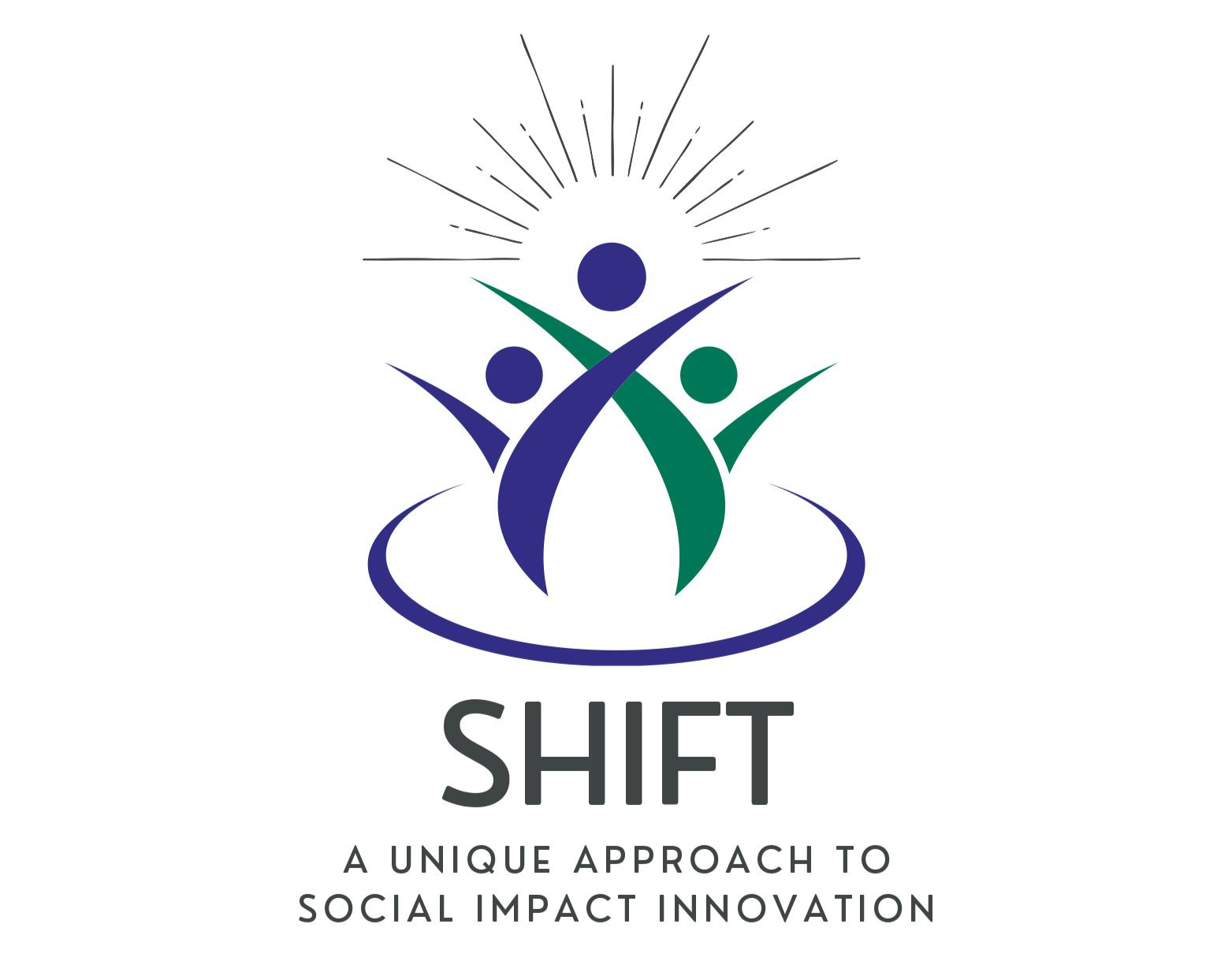IMPACT Framework:
A Holistic Approach to Innovation
The IMPACT framework guides innovators through a comprehensive process of idea generation, refinement, and validation. Each stage builds upon the insights and outputs of the previous ones, creating a robust pathway from initial concept to real-world implementation.

Ideation: Cultivate a Garden of Diverse Ideas
Purpose: Generate a wide array of innovative solutions to address the identified challenge.
Process:
-
Conduct collaborative brainstorming sessions with diverse stakeholders
-
Employ creativity techniques like lateral thinking, SCAMPER, or design thinking
-
Explore cross-industry inspiration and analogous solutions
-
Encourage wild ideas and suspend judgment to foster creativity
Outcome: A rich collection of varied ideas, ranging from incremental improvements to radical innovations

Example: Tackling Plastic Waste

Generate diverse ideas:
-
Algae-based packaging materials
-
Blockchain-powered recycling incentive system
-
AI-driven sorting technology for recycling plants
Collaborative brainstorming sessions with diverse stakeholders
Ideation
_edited.png)
Convert ideas into conceptual models:
-
Create process flows for the recycling incentive system
-
Design blueprints for algae-based packaging production
-
Develop algorithms for AI sorting technology
Modeling

Create tangible, functional prototypes:
-
Produce small batches of algae-based packaging
-
Develop a beta version of the recycling incentive app
-
Build a small-scale AI sorting system
Prototyping

Evaluate for efficacy and user experience:
-
Conduct user testing of the recycling incentive app
-
Perform durability tests on algae-based packaging
-
Analyze sorting accuracy of the AI system
Assessment

Refine based on feedback:
-
Improve UI/UX of the recycling app based on user insights
-
Enhance the strength and flexibility of algae-based packaging
-
Optimize AI algorithms for better sorting accuracy
Calibration

Conduct real-world trials:
-
Launch pilot programs in selected communities
-
Partner with local businesses to test algae-based packaging
-
Implement AI sorting system in a local recycling facility
Testing
Join the newsletter for relevant updates and inquiries
© 2025 The SHIFT Methodology

Testing: Validate in the Crucible of Reality
Purpose: Subject refined solutions to real-world conditions to validate their effectiveness and identify any unforeseen challenges.
Process:
-
Design and implement pilot programs or field trials
-
Collect and analyze real-world performance data
-
Monitor both intended and unintended consequences
-
Gather long-term user feedback and experiences
-
Assess scalability and long-term sustainability
Outcome: Robust, real-world validated solutions ready for full-scale implementation, with a clear understanding of their impacts, limitations, and potential for scaling


Calibration: Fine-tune with Precision
Purpose: Refine and optimize solutions based on assessment findings and stakeholder feedback.
Process:
-
Prioritize areas for improvement based on assessment results
-
Conduct iterative design sprints to address identified issues
-
Explore alternative approaches or pivot if necessary
-
Engage in co-creation sessions with users and stakeholders
-
Align refinements with project goals and constraints
Outcome: Optimized solutions that balance user needs, technical feasibility, and strategic objectives


Assessment: Scrutinize with Empathy and Rigor
Purpose: Evaluate prototypes for effectiveness, usability, and potential impact.
Process:
-
Conduct user testing sessions with target beneficiaries
-
Perform heuristic evaluations and expert reviews
-
Analyze quantitative metrics (e.g., task completion rates, error rates)
-
Gather qualitative feedback through interviews and observation
-
Assess technical feasibility and resource requirements
Outcome: Comprehensive insights into prototype strengths, weaknesses, and areas for improvement, grounded in user experiences and expert analysis


Prototyping: Breathe Life into Ideas
Purpose: Create tangible, interactive representations of the most promising solutions.
Process:
-
Develop low-fidelity prototypes (e.g., paper prototypes, storyboards) for rapid iteration
-
Progress to higher-fidelity prototypes (e.g., functional mockups, 3D prints) for key concepts
-
Employ iterative prototyping, refining based on ongoing feedback
-
Consider multiple prototyping methods (physical, digital, experience prototypes) based on solution nature
Outcome: A series of increasingly refined prototypes that allow for hands-on interaction and testing of core solution components

_edited.png)
Modeling: Architect Conceptual Frameworks
Purpose: Transform abstract ideas into structured, conceptual models to visualize potential solutions.
Process:
-
Develop system maps or ecosystems diagrams to understand idea interactions
-
Create user journey maps to explore how solutions might be experienced
-
Construct business model canvases to consider viability and sustainability
-
Use scenario planning to envision different potential futures
Outcome: A set of well-defined conceptual models that illustrate the core components, interactions, and potential impacts of proposed solutions


